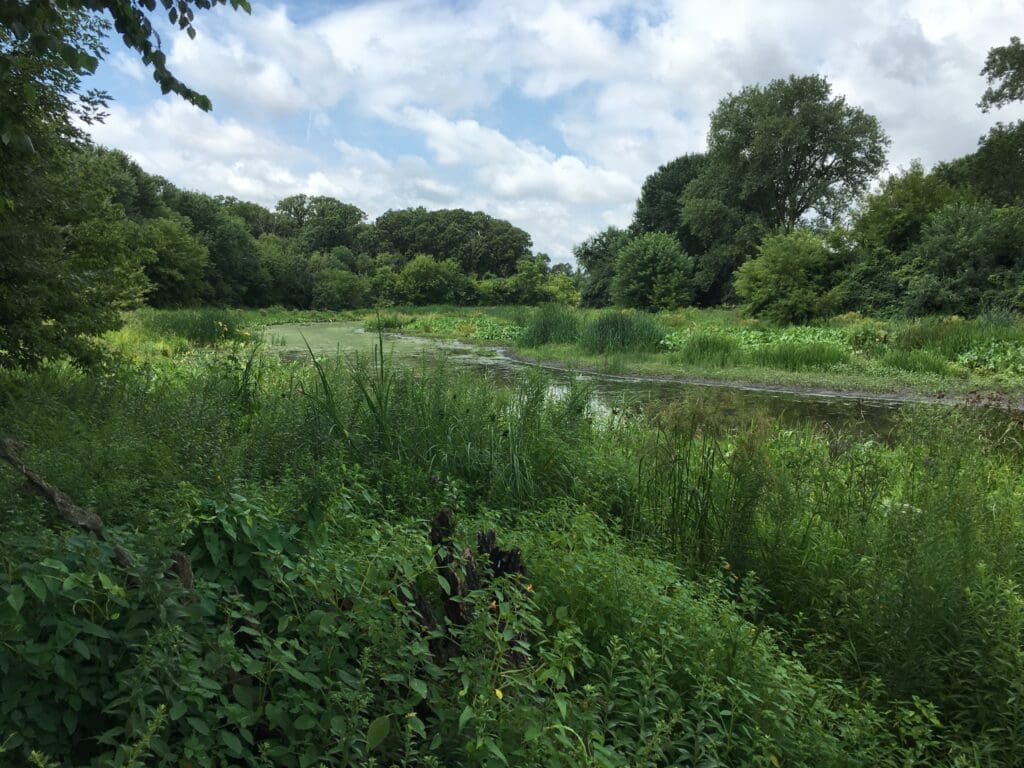Since the Trump Administration’s Repeal of the Obama Clean Water Rule on December 23, 2019 (click to view more about this), the US Army Corps of Engineers and the US Environmental Protection Agency have finalized the “Navigable Waters Protection Rule” that defines “Waters of the United States” (WOTUS) and clarifies the limits of federal control under the Clean Water Act. The rule is anticipated to be published in the Federal Register in late February and will become effective 60 days following publication.
The proposed rule is summarized below. It is anticipated that legal challenges will continue to have an effect on which regulations remain or become effective for the foreseeable future.
Summary of Proposed 2020 “Waters of the US” Definitions
The proposed rule defines the following four categories of WOTUS:
- The territorial seas and waters which are currently used, or were used in the past, or may be susceptible to use in interstate or foreign commerce, including the territorial seas and waters which are subject to the ebb and flow of the tide;
- Tributaries;
- Lakes and ponds, and impoundments of jurisdictional waters; and
- Adjacent wetlands.
The proposed rule defines the following which are not WOTUS:
- Waters or water features not included in categories 1 – 4 above;
- Groundwater, including groundwater drained through subsurface drainage systems;
- Ephemeral features, including ephemeral streams, swales, gullies, rills and pools;
- Diffuse stormwater run-off and directional sheet flow over upland;
- Ditches that are not category 1 or 2 waters, and those portions of ditches constructed in category 4 waters that do not satisfy the definition of adjacent wetlands;
- Prior converted cropland;
- Artificially irrigated areas, including fields flooded for agricultural production, that would revert to upland should application of irrigation water to that area cease;
- Artificial lakes and ponds, including water storage reservoirs and farm, irrigation, stock watering, and log cleaning ponds, constructed or excavated in upland or in non-jurisdictional waters, so long as these artificial lakes and ponds are not impoundments of jurisdictional waters;
- Water-filled depressions constructed or excavated in upland or in non-jurisdictional waters incidental to mining or construction activity, and pits excavated in upland or non-jurisdictional waters for the purpose of obtaining fill, sand or gravel;
- Stormwater control features constructed or excavated in upland or non-jurisdictional waters to convey, treat, infiltrate, or store stormwater run-off;
- Groundwater recharge, water reuse, and wastewater recycling structures, including detention, retention and infiltration basins and ponds, constructed or excavated in upland or in non-jurisdictional waters; and
- Waste treatment systems.
The following definitions are proposed:
- Adjacent wetlands are wetlands that 1) abut, meaning to touch at least at one point or side of a category 1-3 waters; 2) are inundated by water by flooding of by a category 1-3 waters in a typical year; 3) are physically separated from a category 1-3 waters only by a natural berm, bank, dune or similar natural feature; or 4) are physically separated from a category 1-3 waters only by an artificial dike, barrier, or similar artificial structure as long as that structure allows for a direct hydrologic surface connection between the wetland and the waters in a typical year, such as through a culvert, flood or tide gate, pump, or similar artificial feature.
- Ditch. A constructed or excavated channel used to convey water.
- Ephemeral. Surface water flowing or pooling only in direct response to precipitation (e.g., rain or snow fall).
- Intermittent. Surface water flowing continuously during certain times of a typical year and more than in direct response to precipitation (e.g., seasonally when the groundwater table is elevated or when snowpack melts).
- Ordinary high water mark means the line on the shore established by the fluctuations of water and indicated by physical characteristics such as clear, natural line impressed on the bank, shelving, changes in the character of soil, destruction of terrestrial vegetation, the presence of litter and debris, or other appropriate means that consider the characteristics of the surrounding areas.
- Perennial. Surface water flowing continuously year-round during a typical year.
- Tributary means a river, stream or similar naturally occurring surface water channel that contributes surface water flow to a category 1 waters in a typical year either directly or indirectly through one of more category 2 – 4 waters. A tributary must be perennial or intermittent in a typical year. The term tributary includes a ditch that that either relocates a tributary, is constructed in a tributary, or is constructed in an adjacent wetland as long as the ditch satisfies the flow conditions of this definition.
- Typical year. When precipitation and other climatic variables are within the normal range (e.g., seasonally, annually) for the geographic area of the applicable aquatic resource based on a rolling 30-year period.
- Upland. Any land area that under normal circumstances does not satisfy all three wetland delineation criteria (i.e., hydrology, hydrophytic vegetation, hydric soils) and does not lie below the ordinary high water mark or the high tide line of a jurisdictional water.
- Wetlands. Areas that are inundated or saturated by surface or ground water at a frequency and duration sufficient to support, and that under normal circumstances do support, a prevalence of vegetation typically adapted for life in saturated soil conditions. Wetlands generally include swamps, marshes, bogs, and similar areas.
For additional information on any of these changes to the Clean Water Act regulatory program, please contact one of V3’s wetland experts, Tom Slowinski, Scott Brejcha or Jeff Moody.




